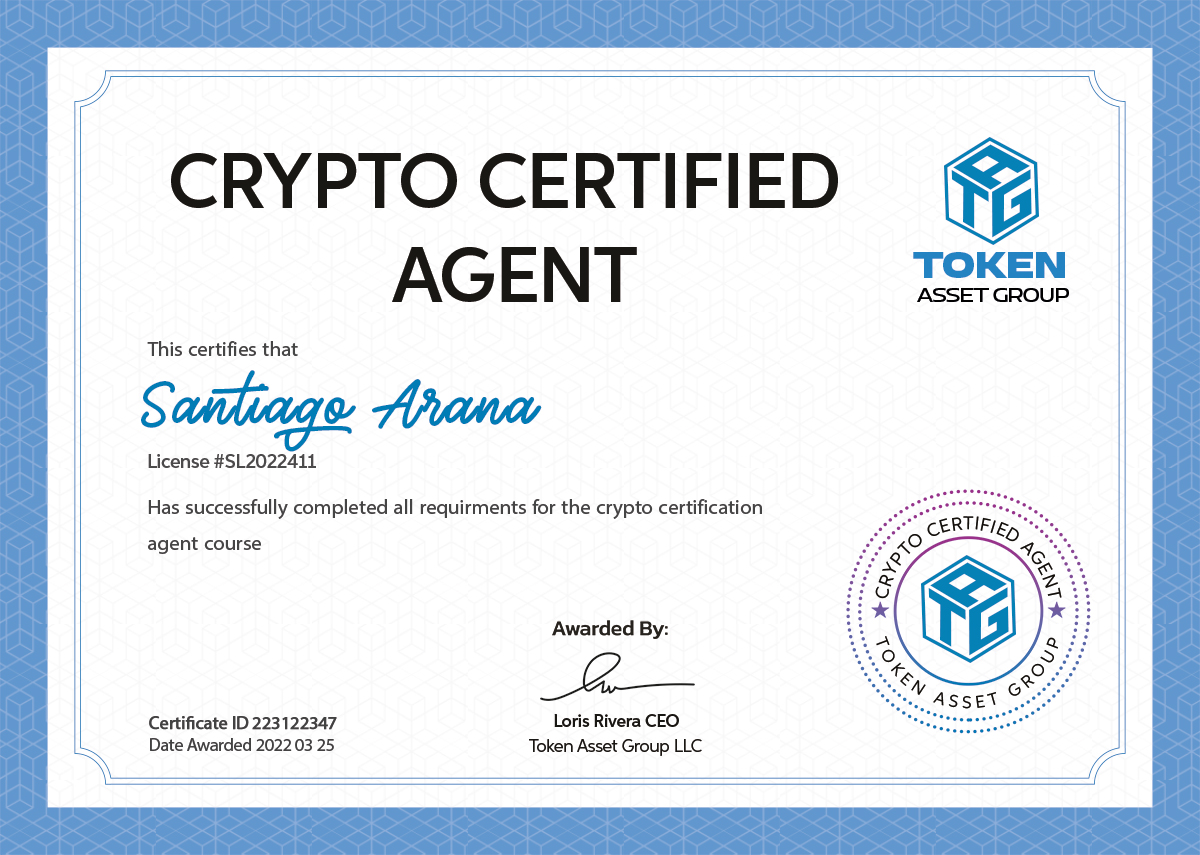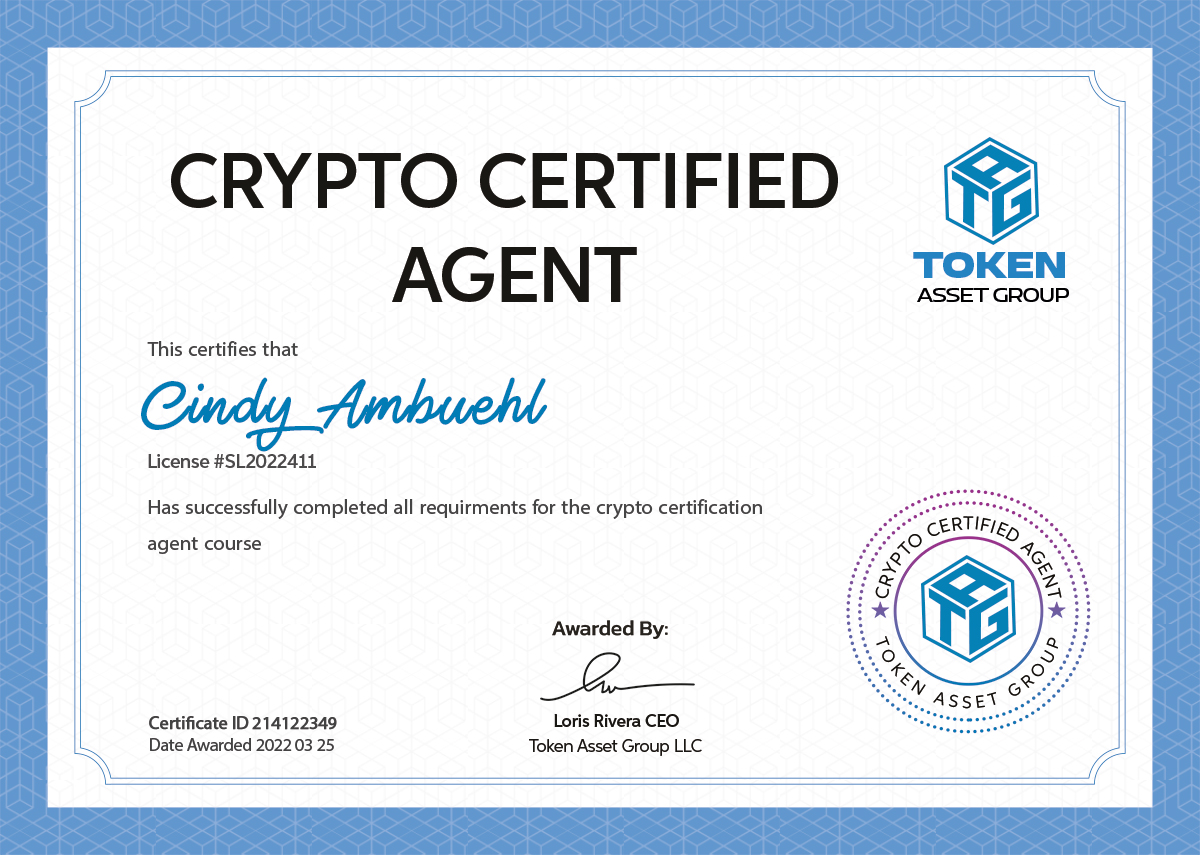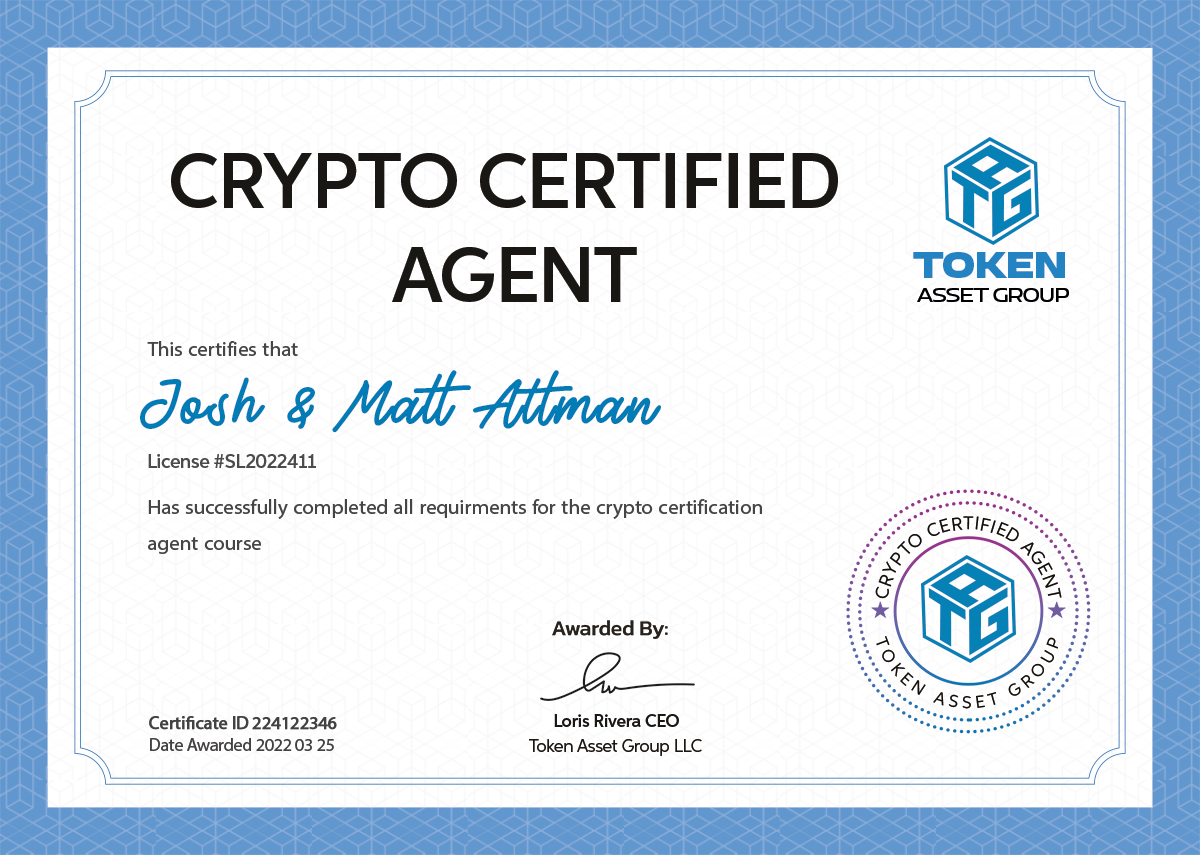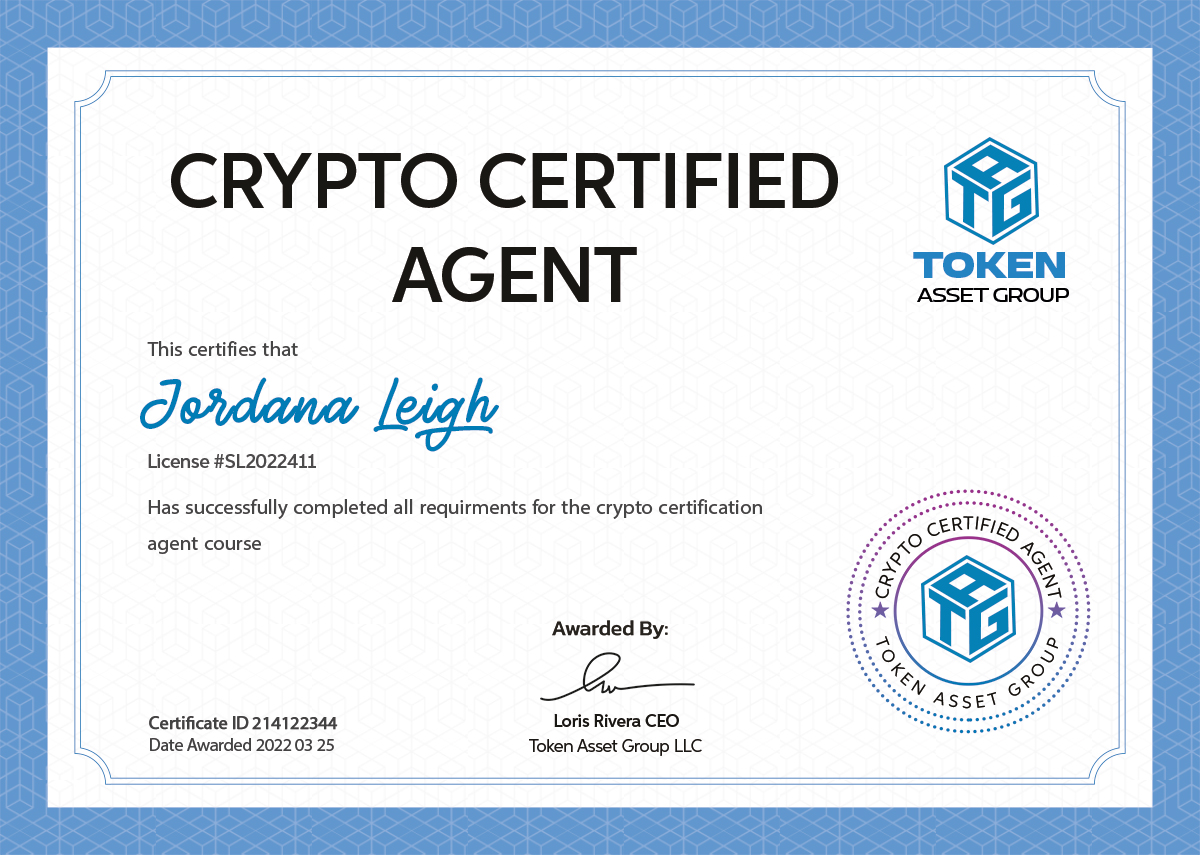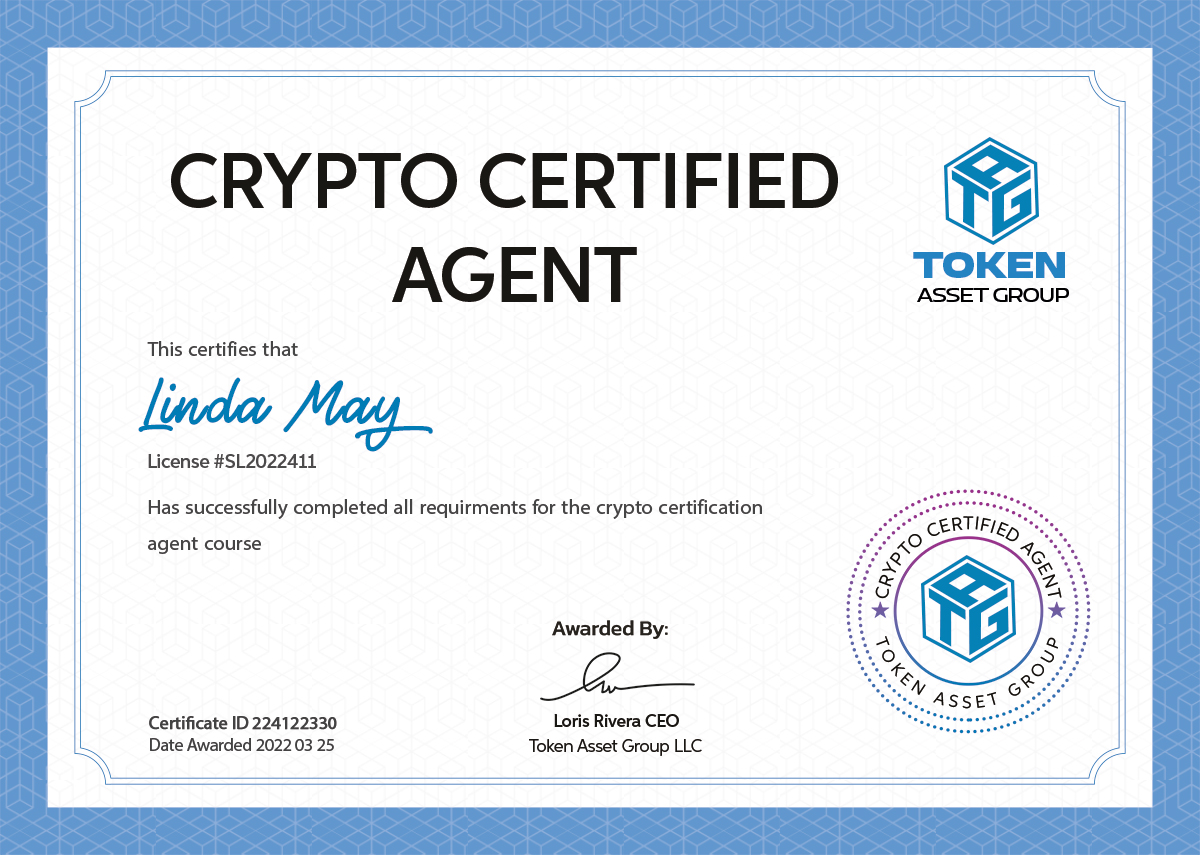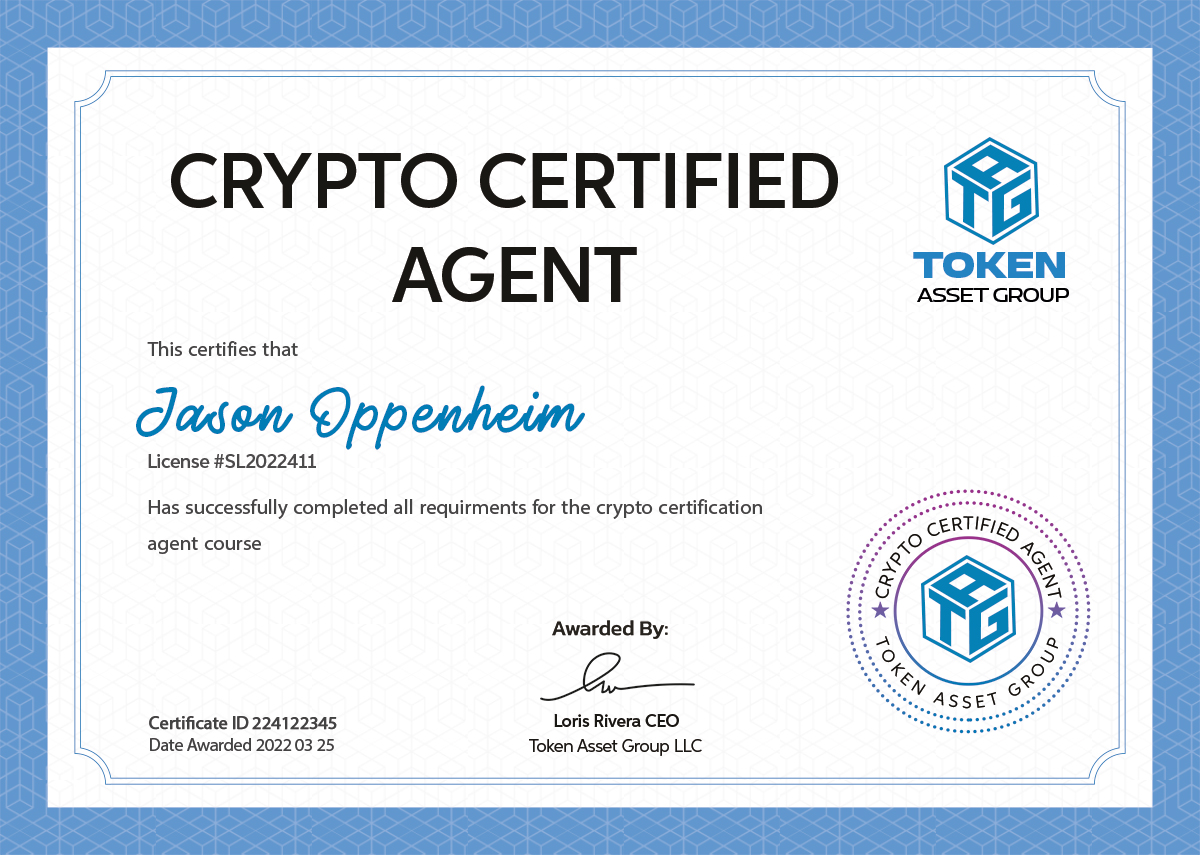Overview of Real Estate Tokenization
The process of real estate tokenization involves converting a real estate asset into a token on the blockchain and putting it for sale. You can also create tokens for properties under construction. These tokens represent an interest in real estate or can work to raise capital for investment development. The latter process attracts a broader range of visitors and developers to participate or invest in real estate.
Real estate asset tokenization is a way for a business or an organization to raise capital from crowd sales. The process works similar to crowdfunding, but here it involves tokens available on the blockchain.
Real estate tokenization aims to fulfil the objective of making the funding accessible to a broader audience. The purpose of the tokens here is to act the role of stocks in a company. Users can purchase these costs and not rely on expensive intermediaries. This investment method may overtake and replace stock exchanges due to the latter’s expense and complexity.


